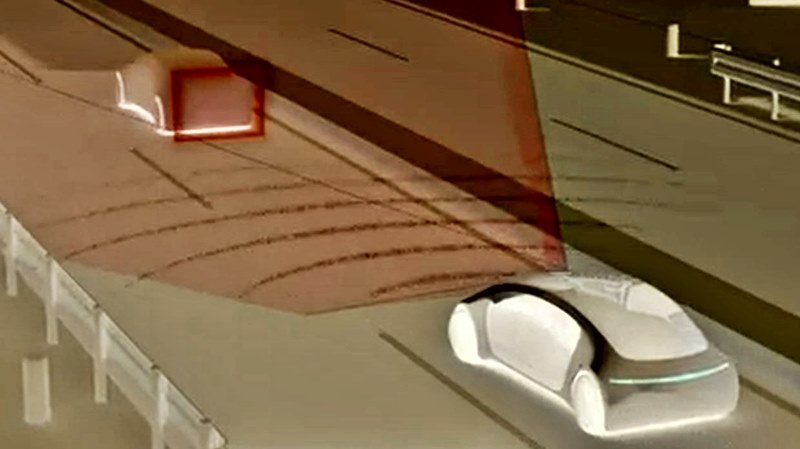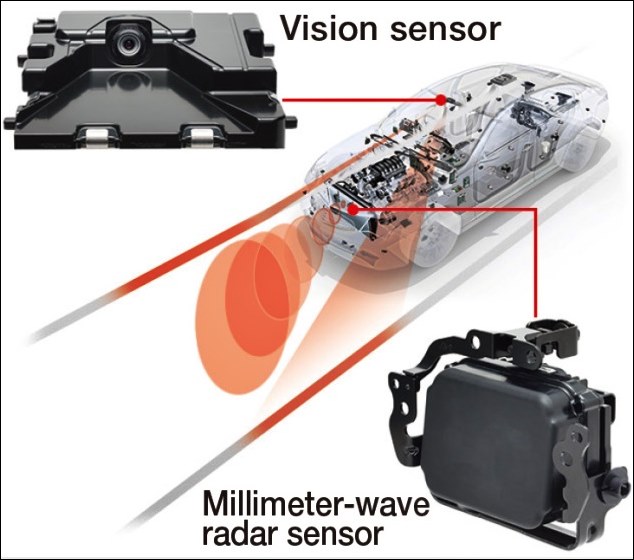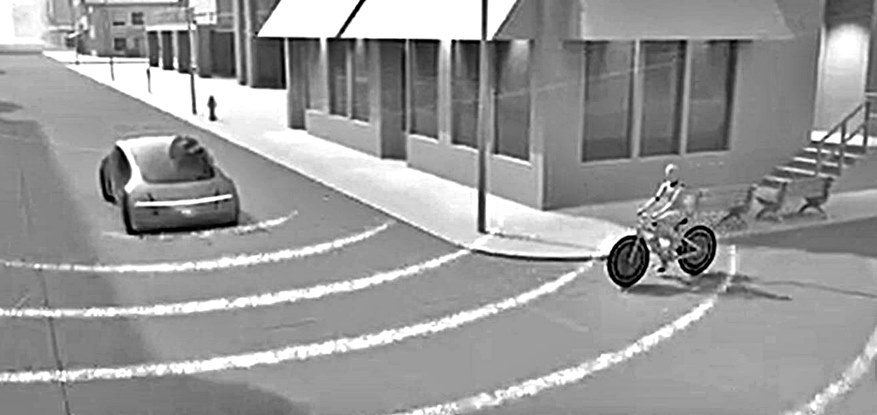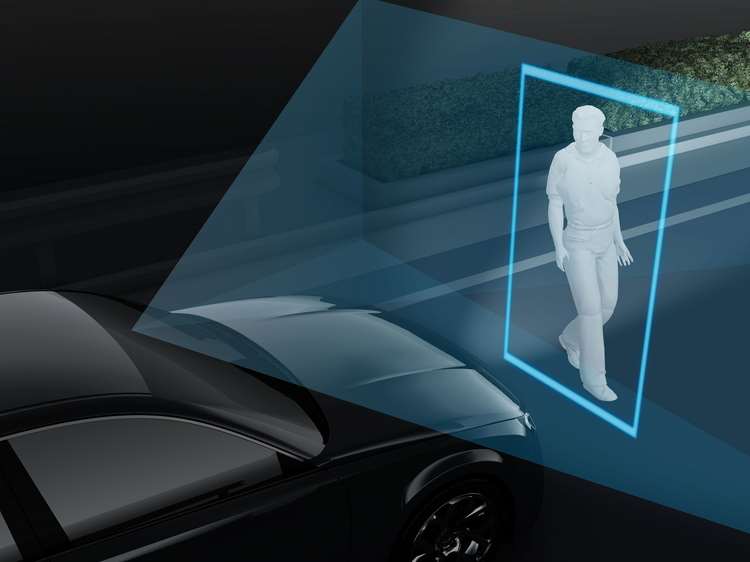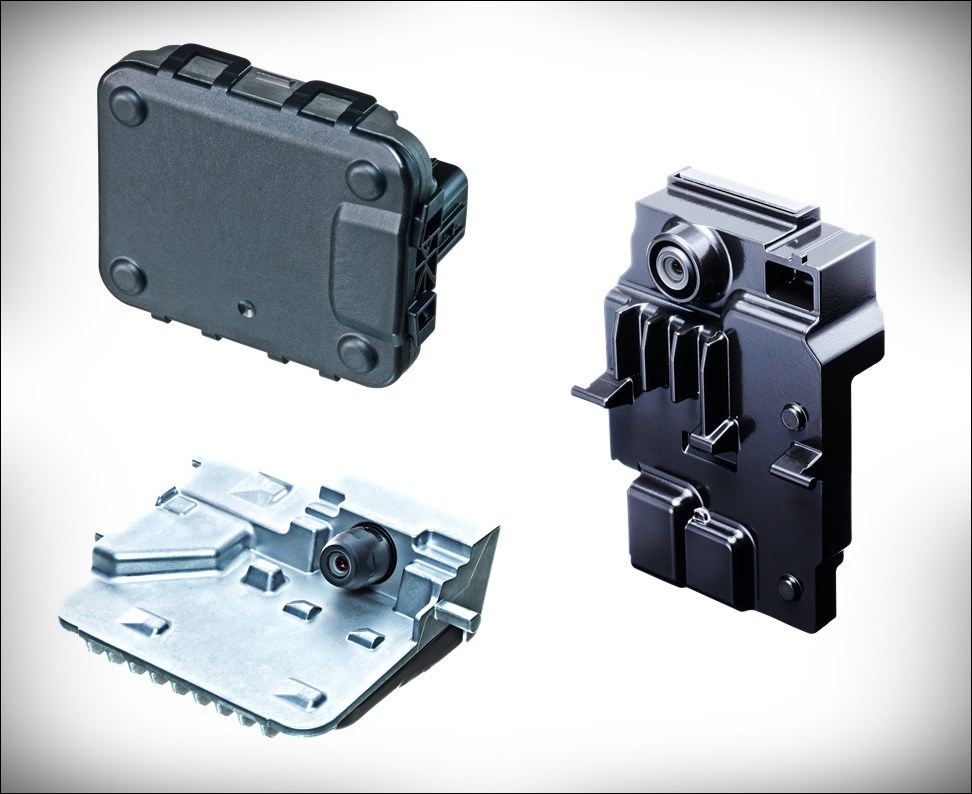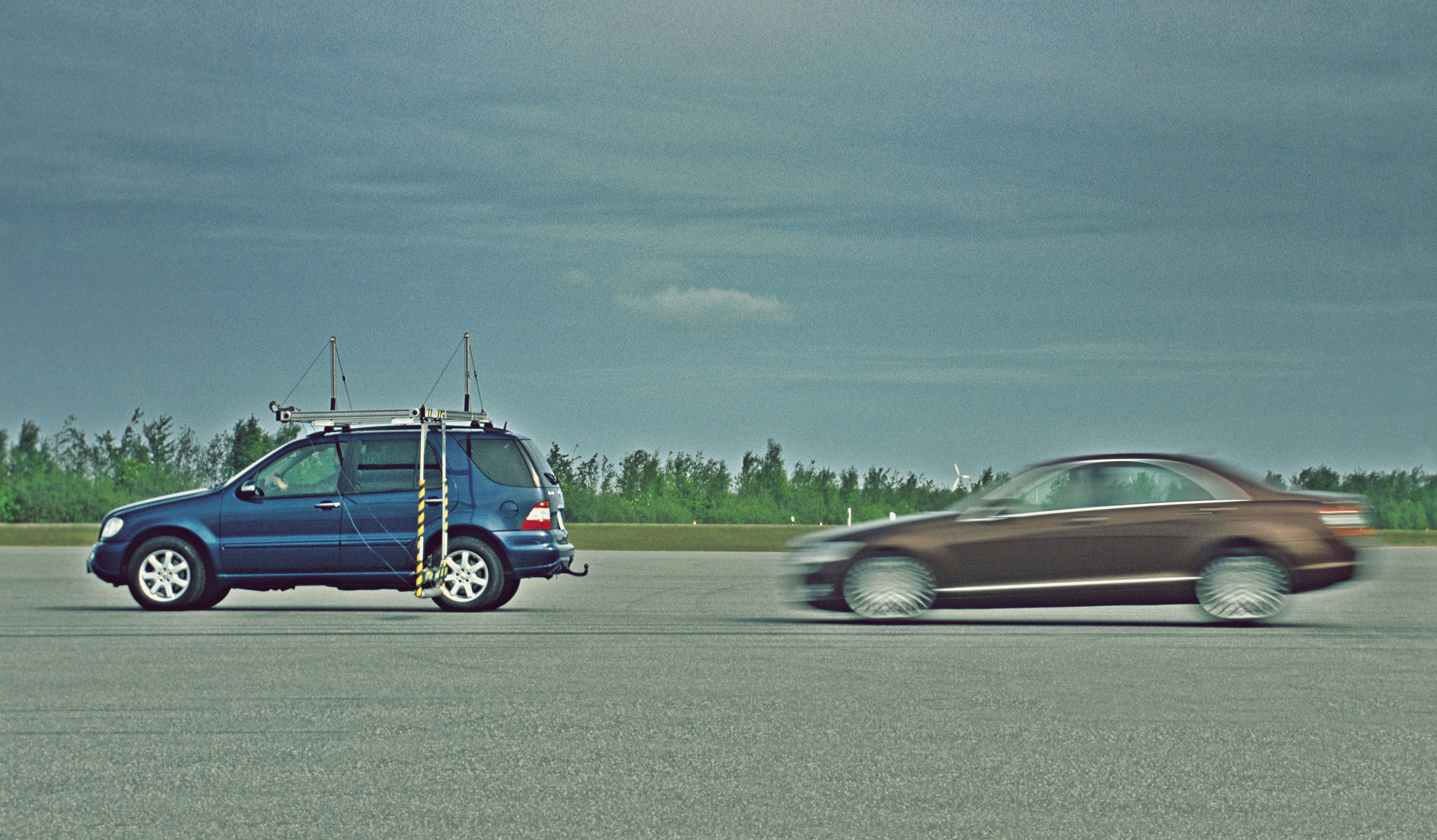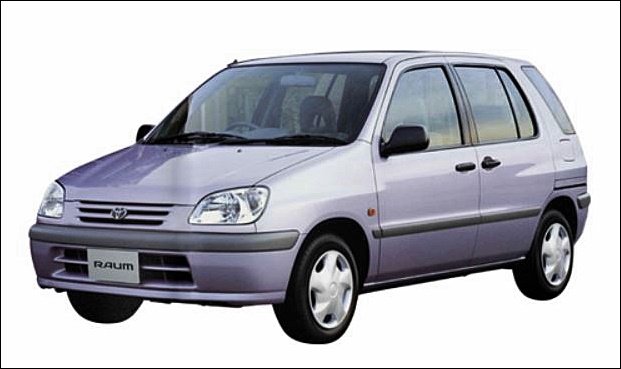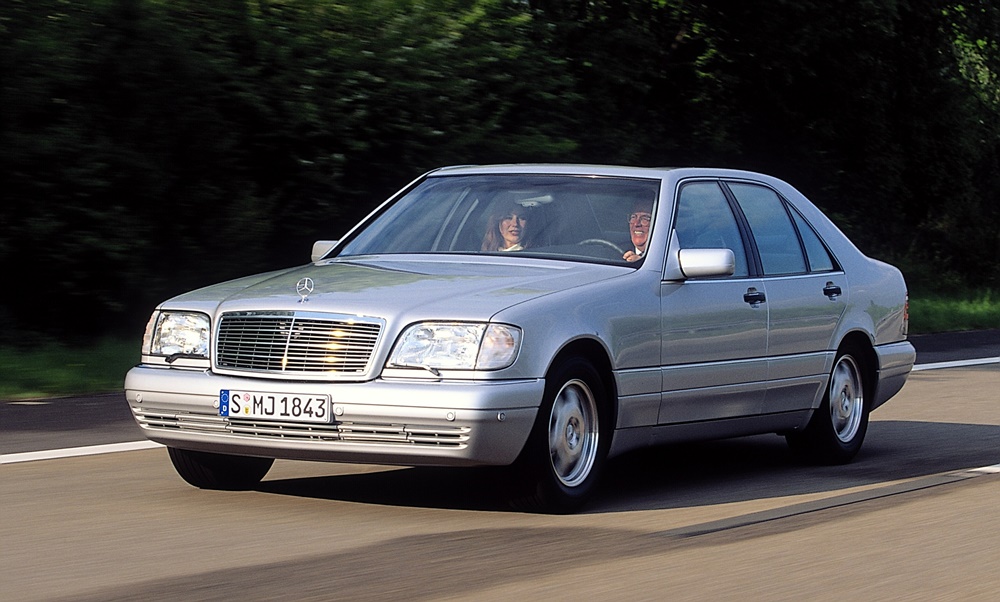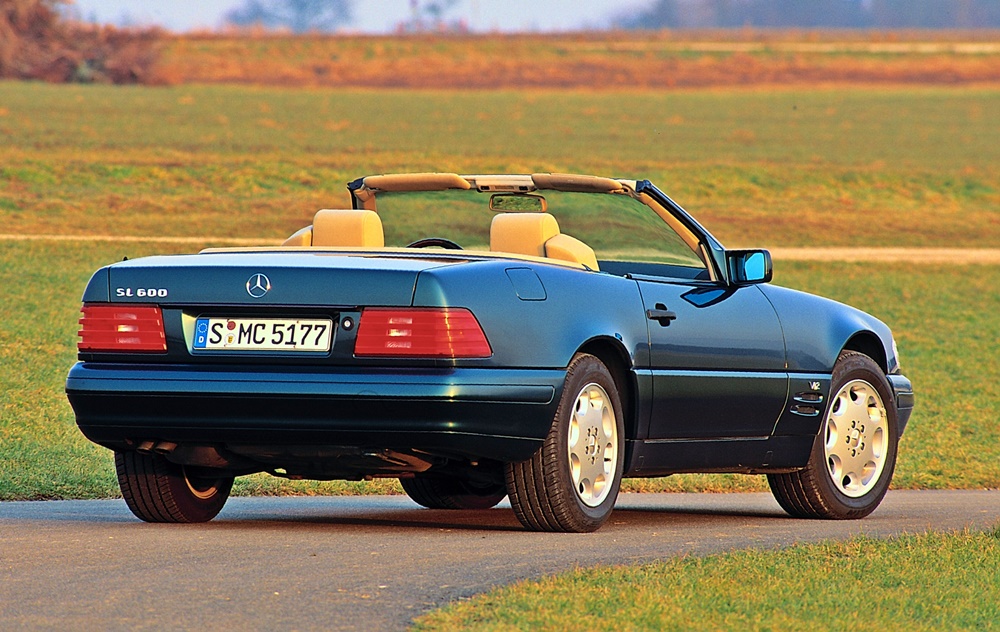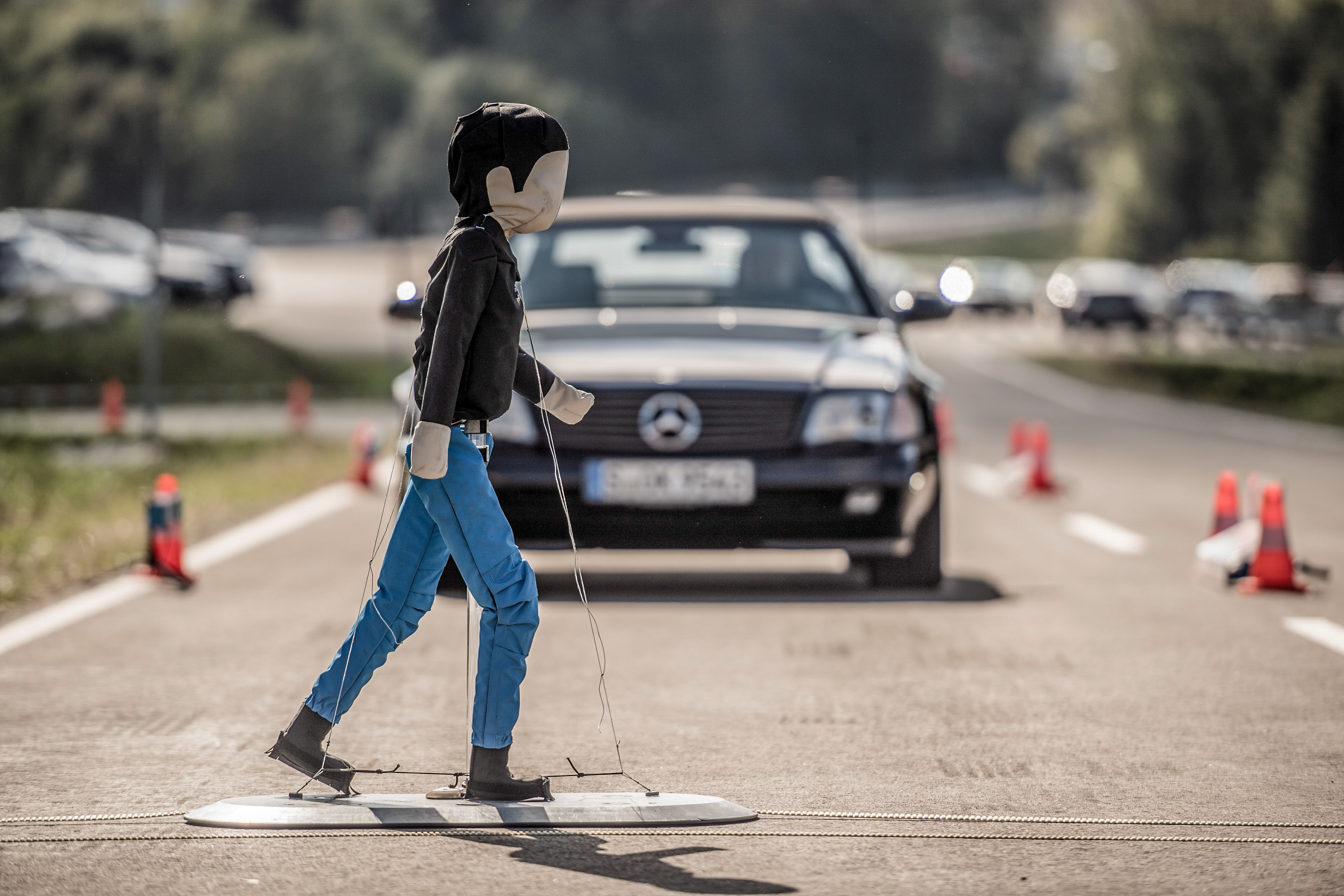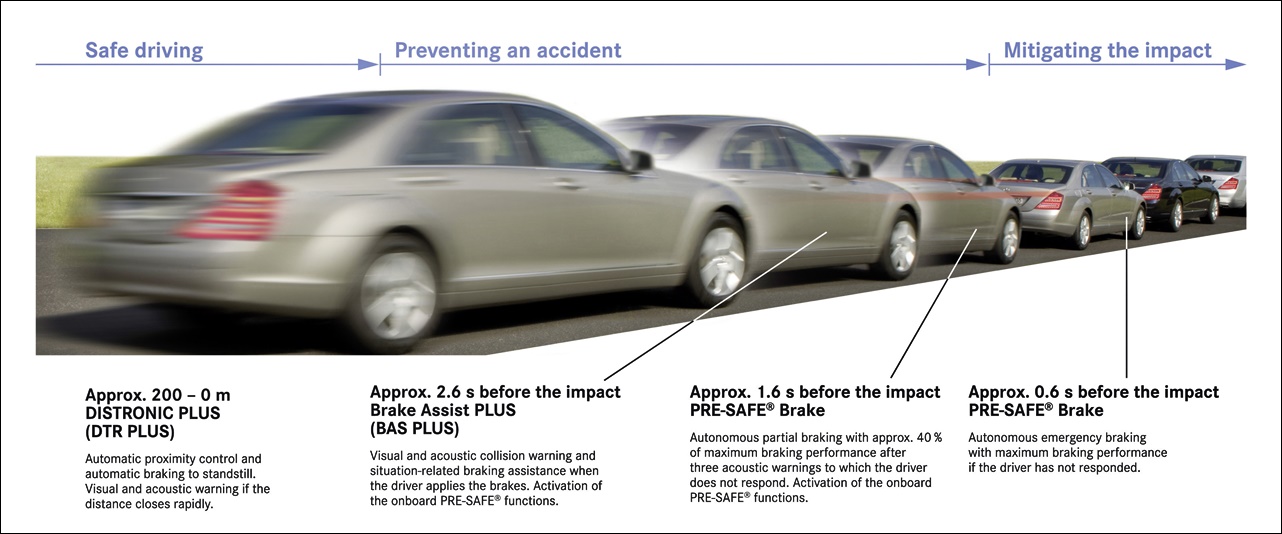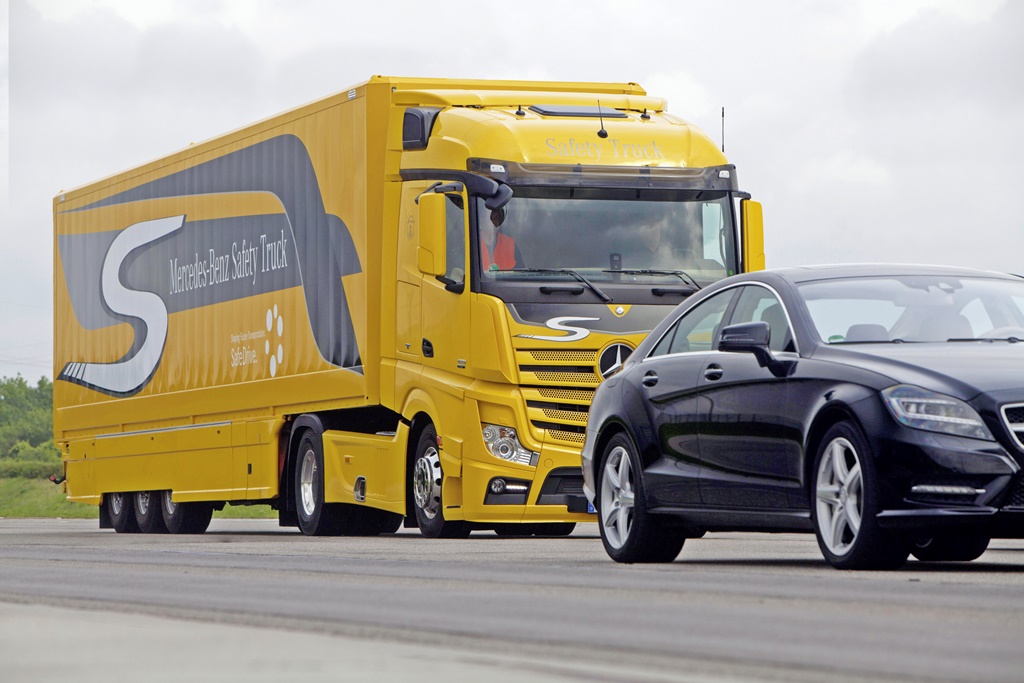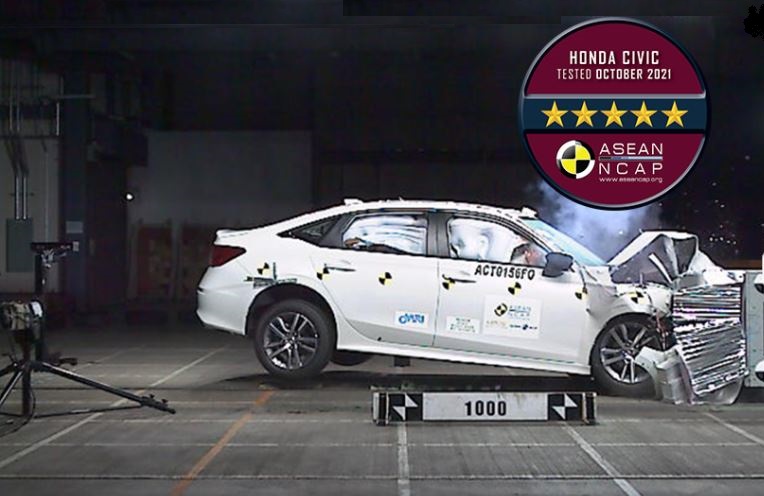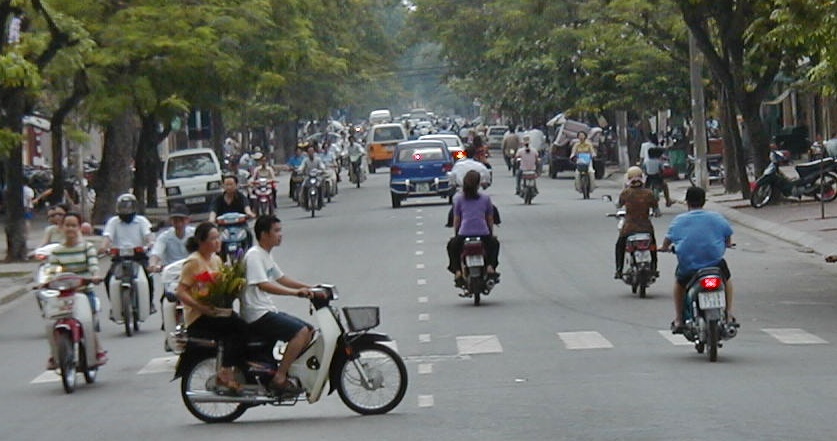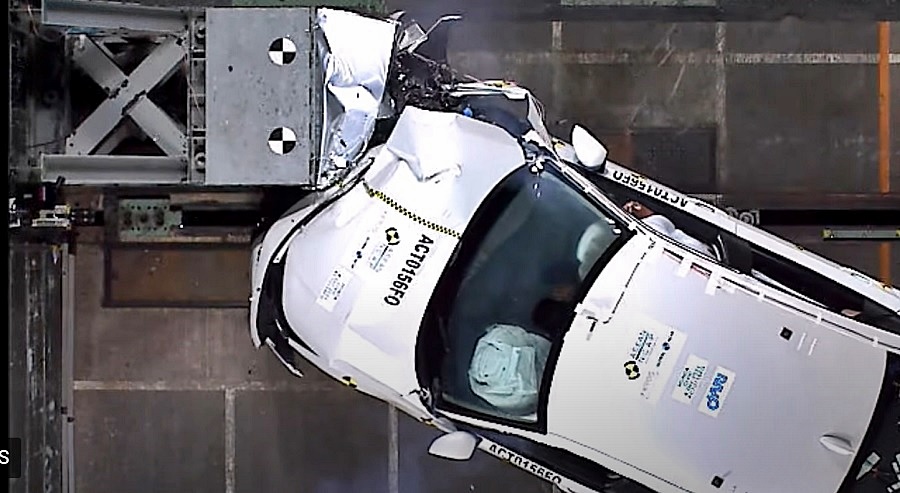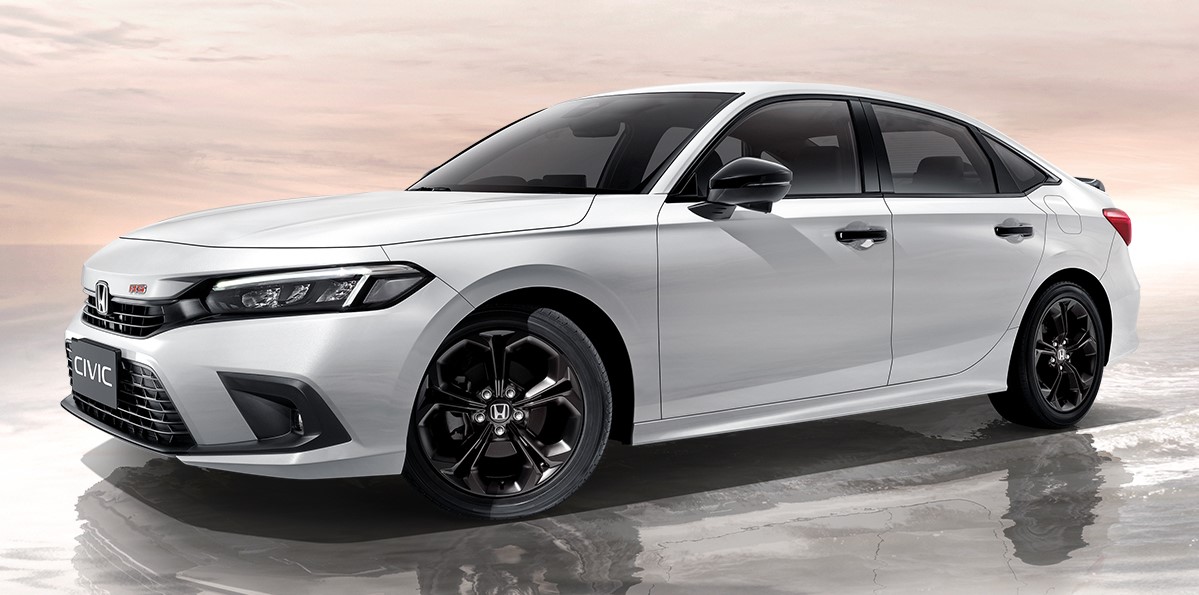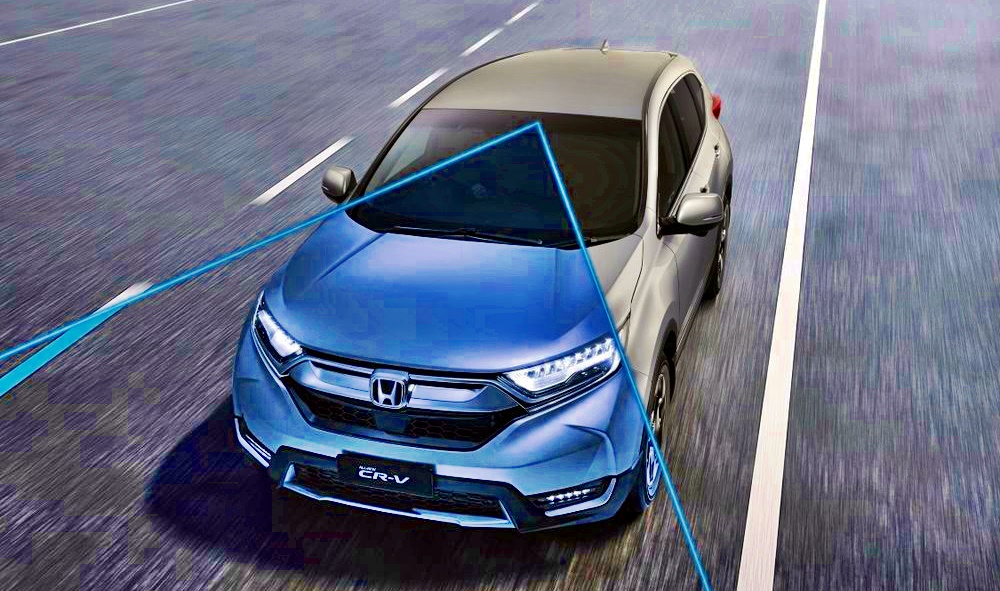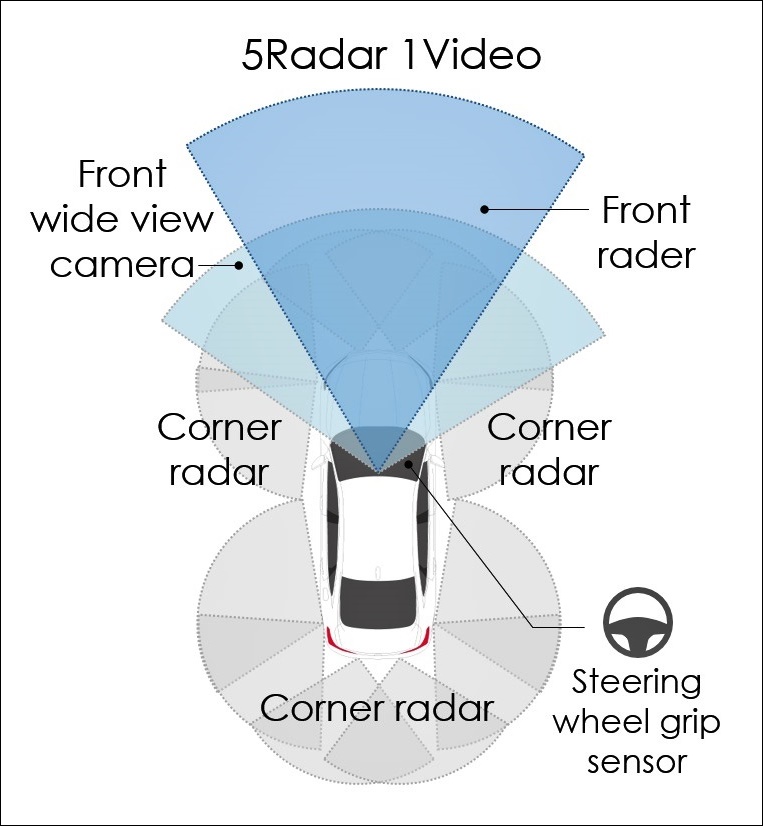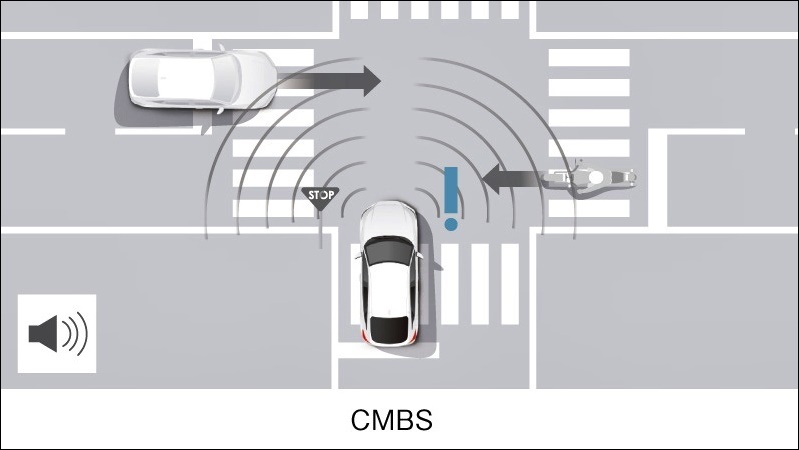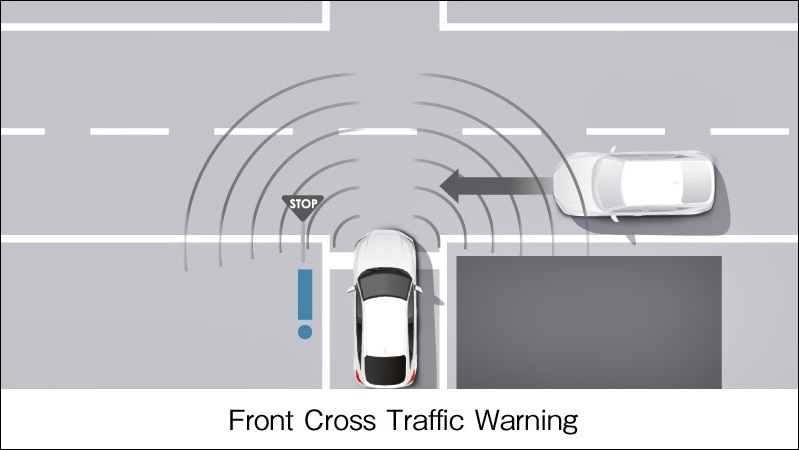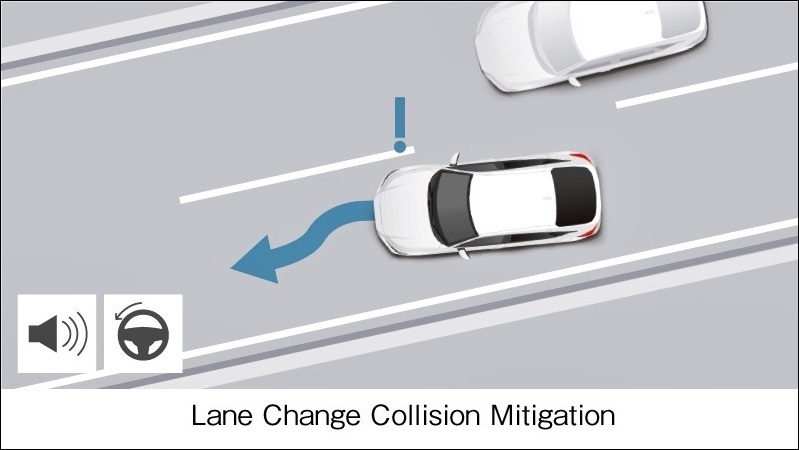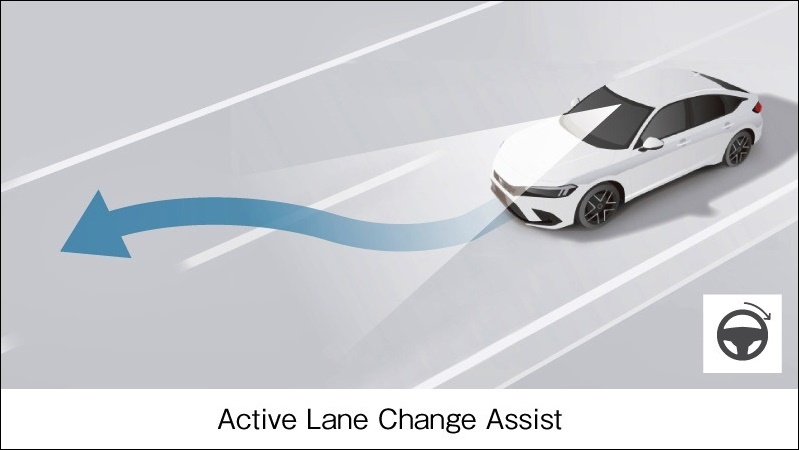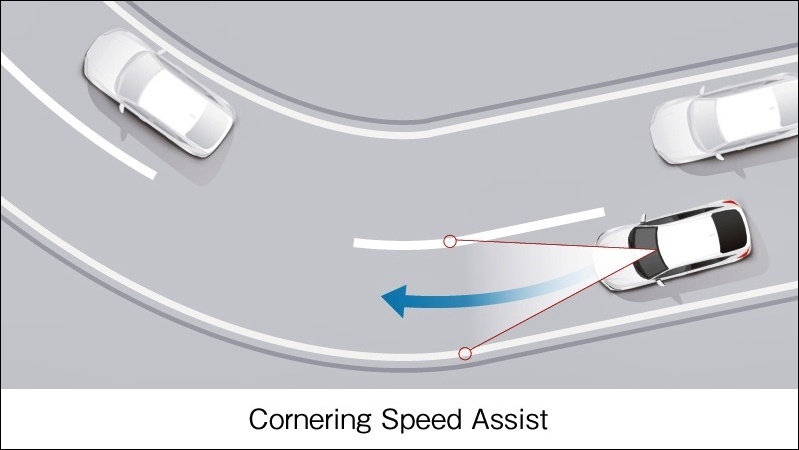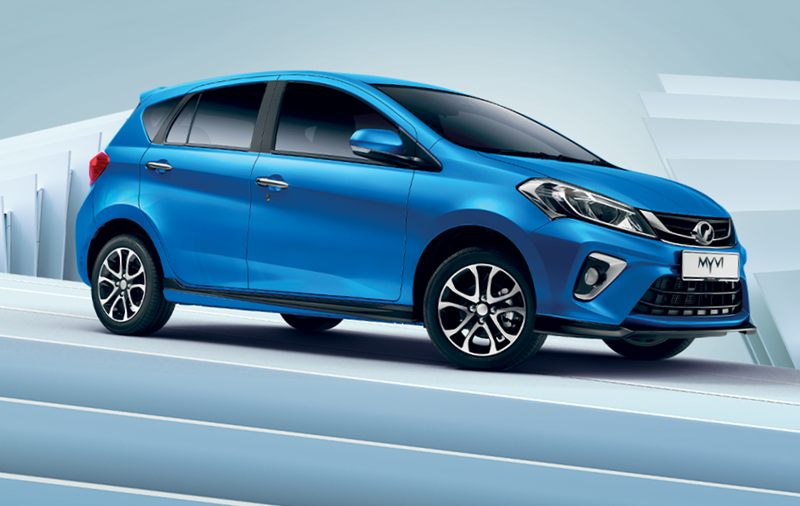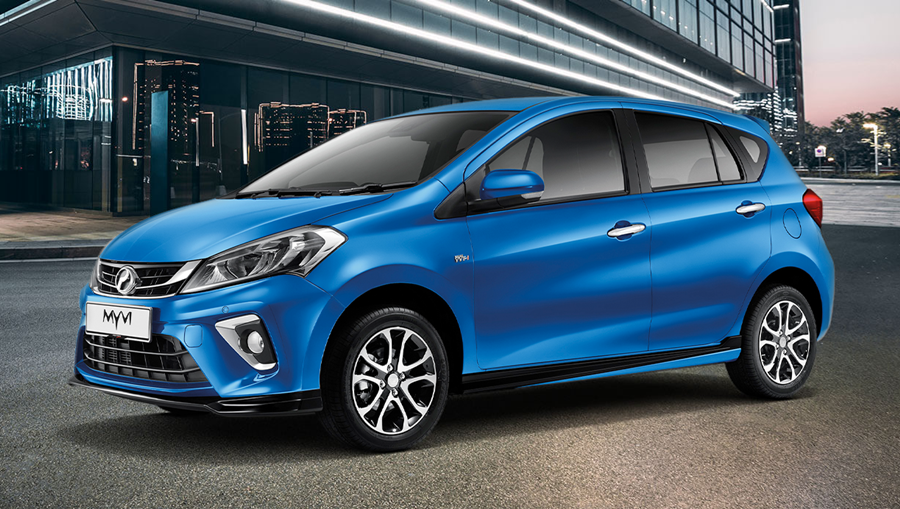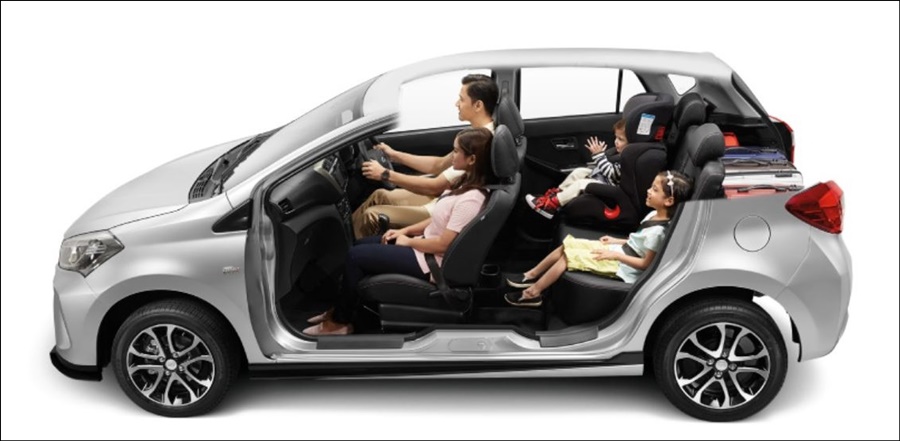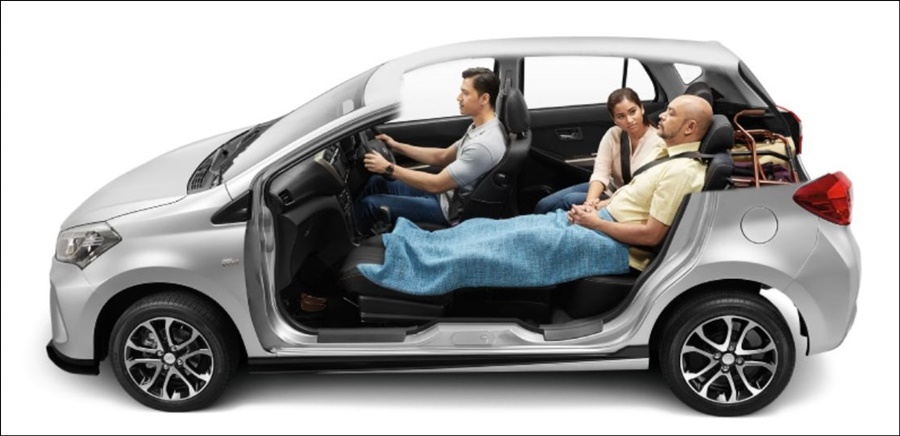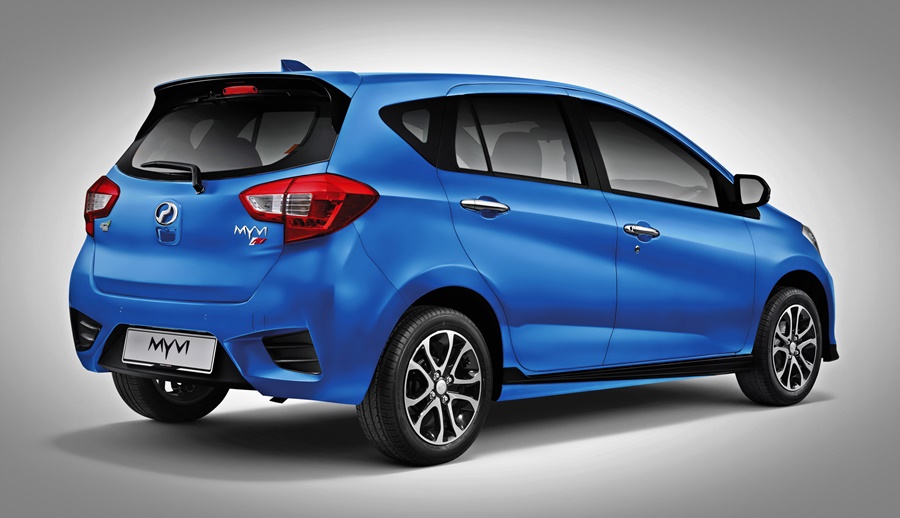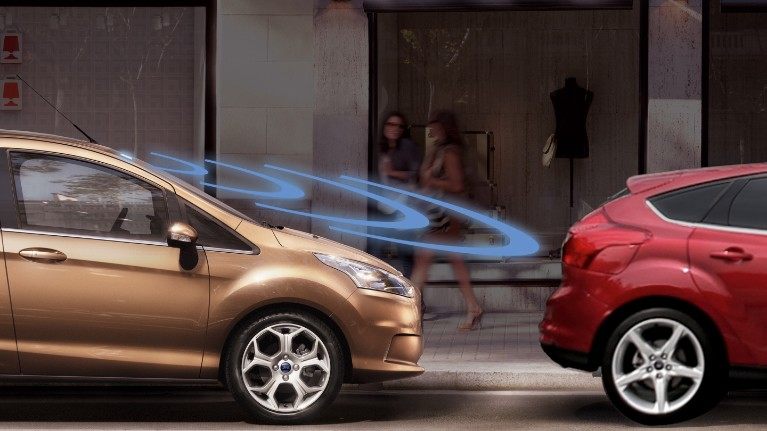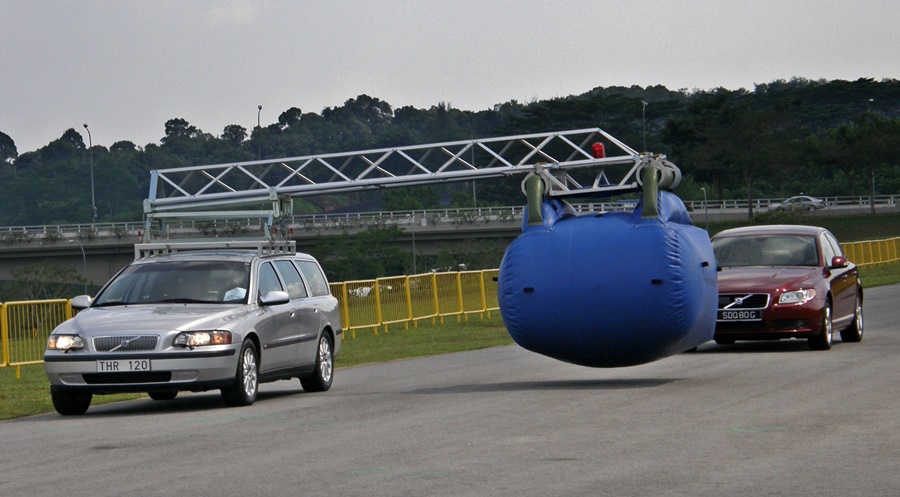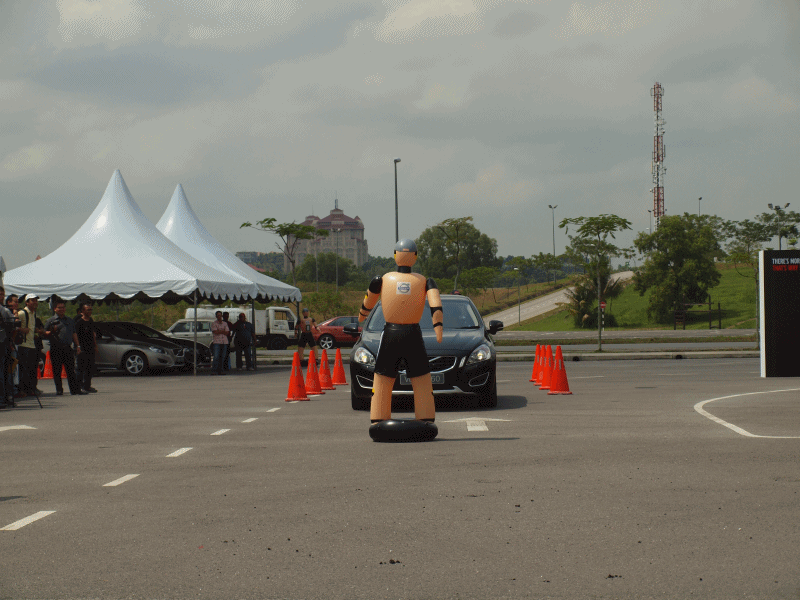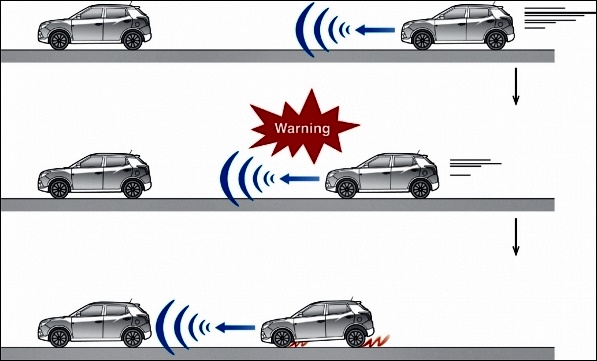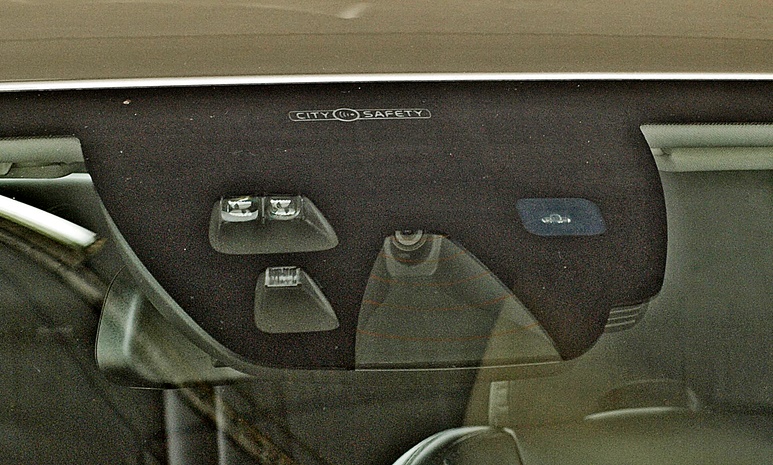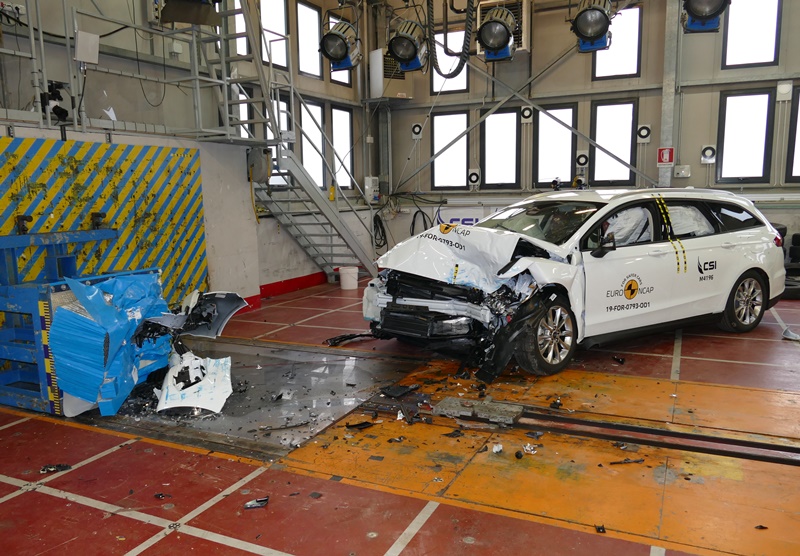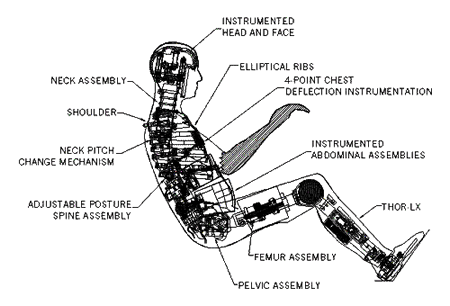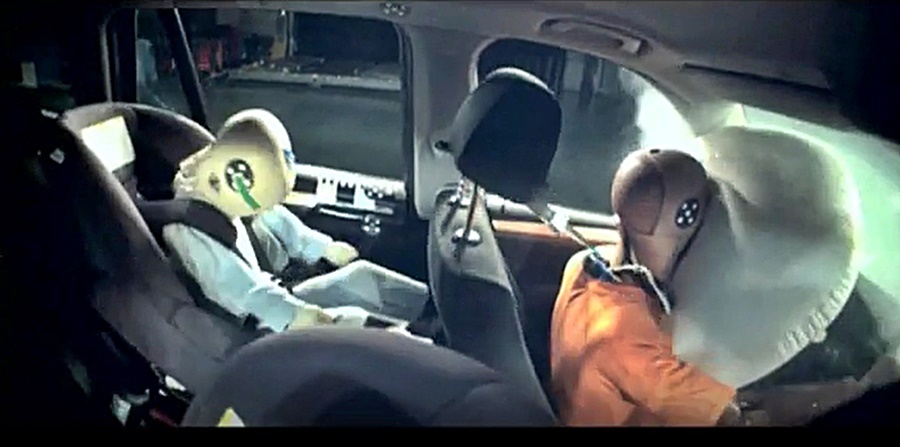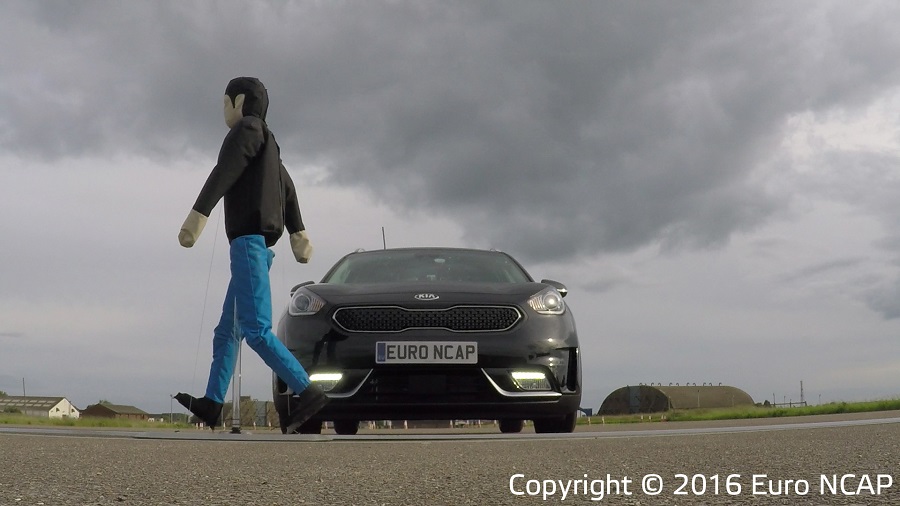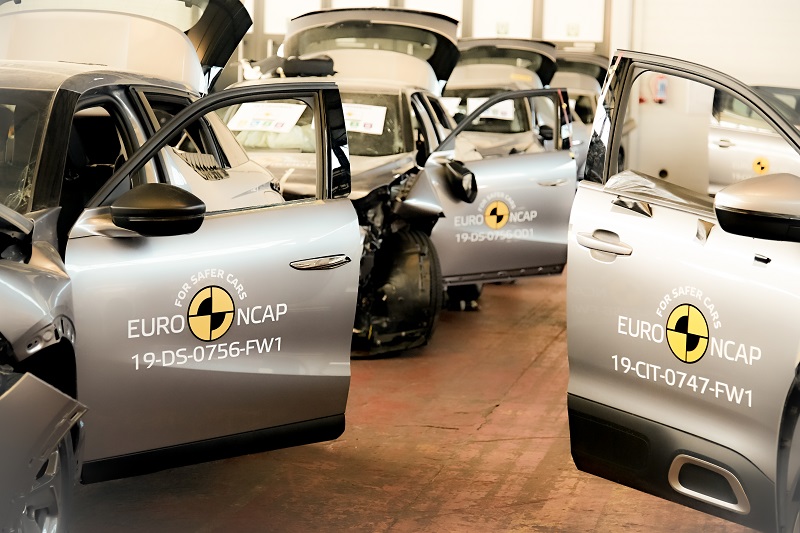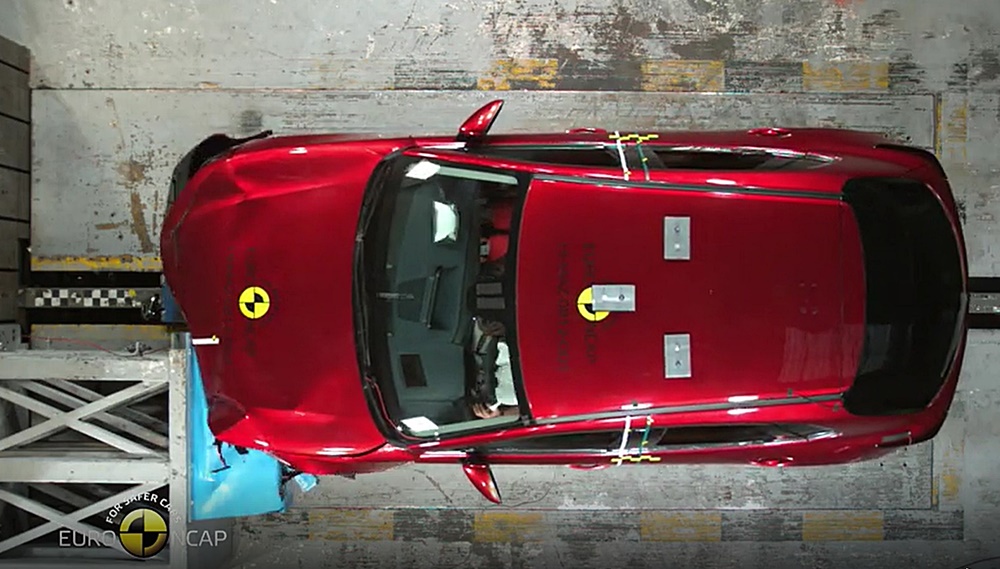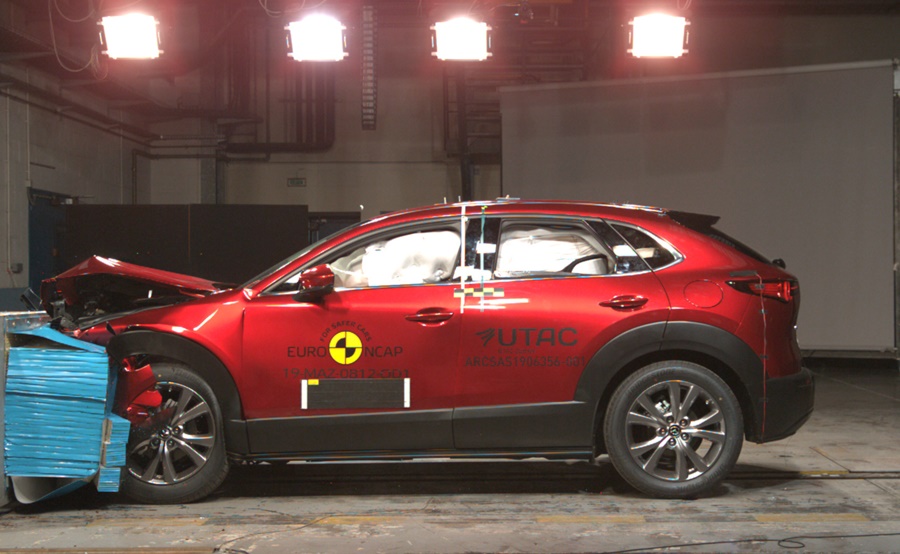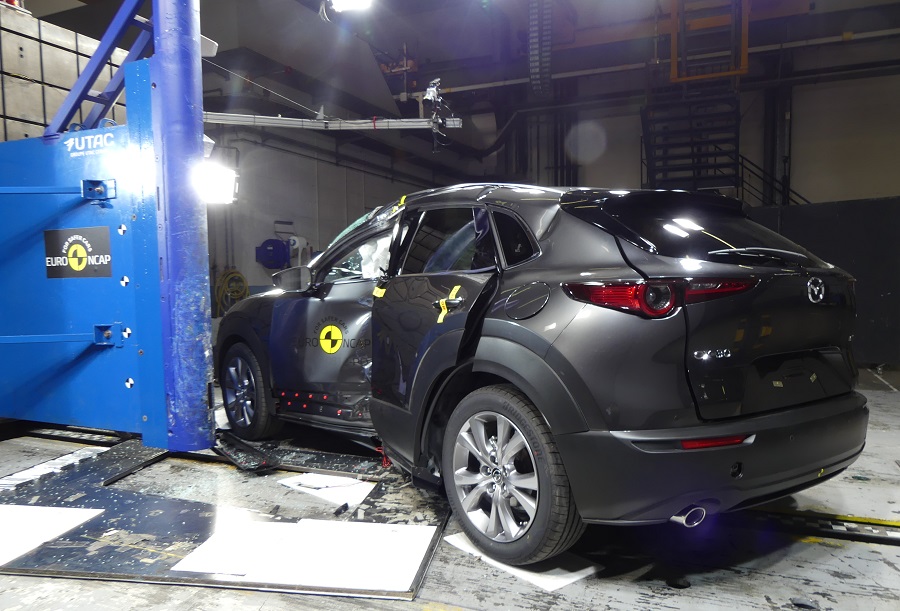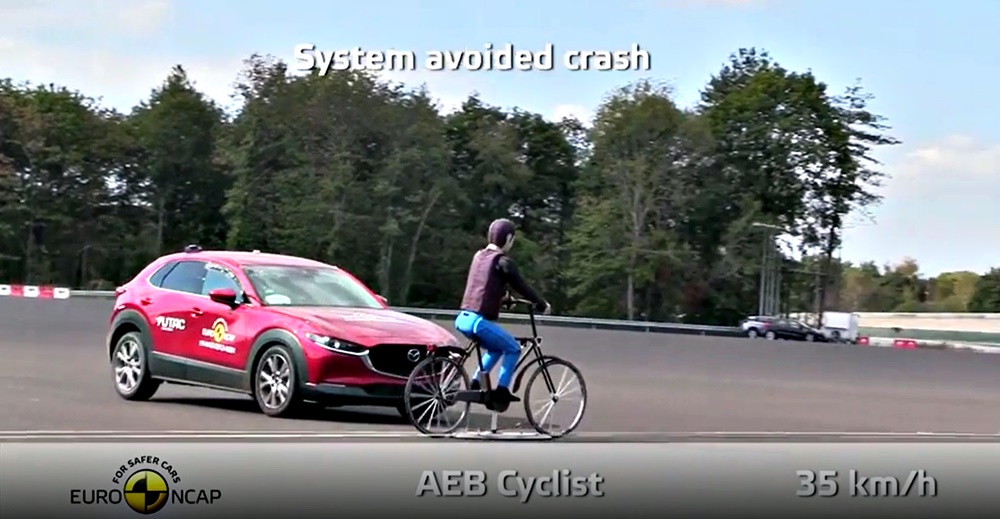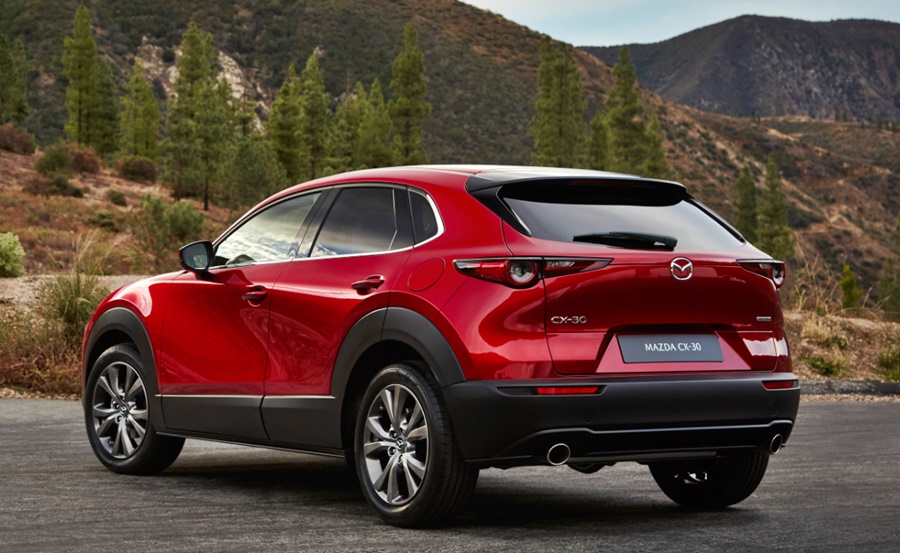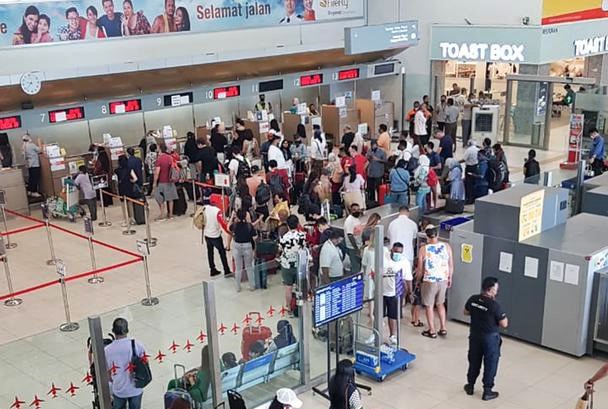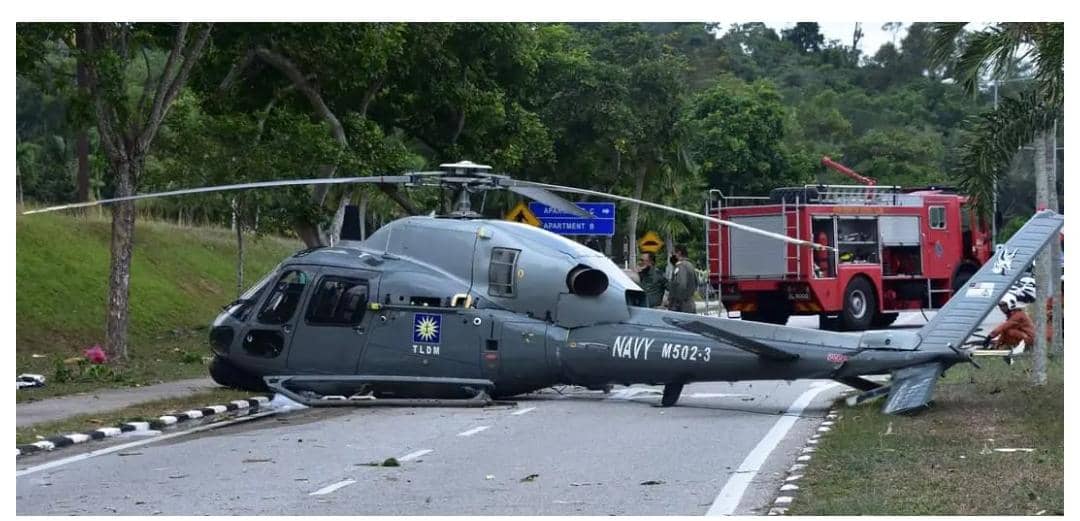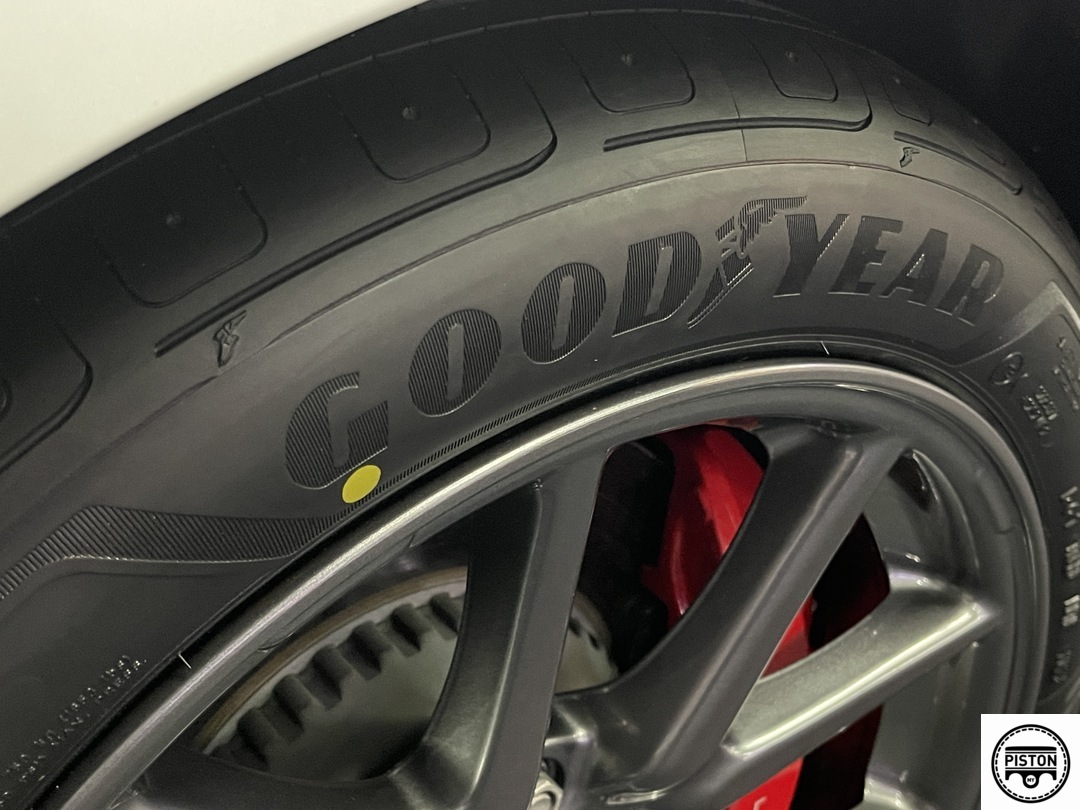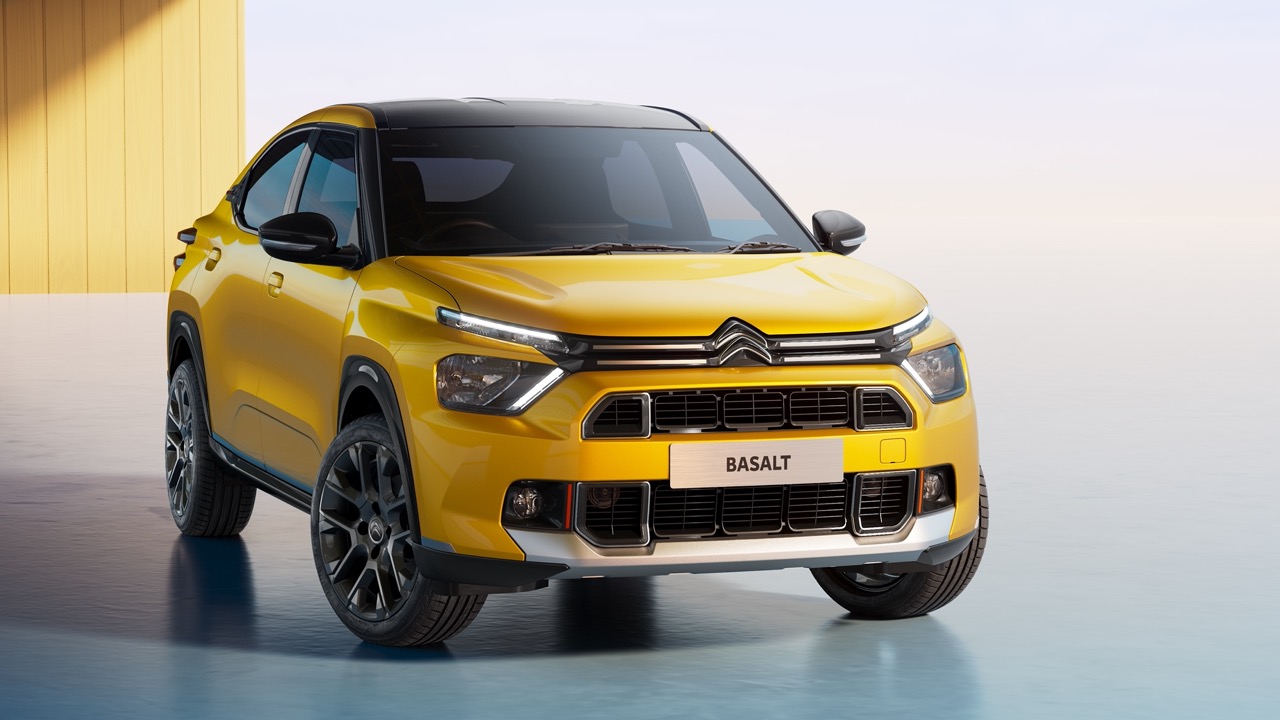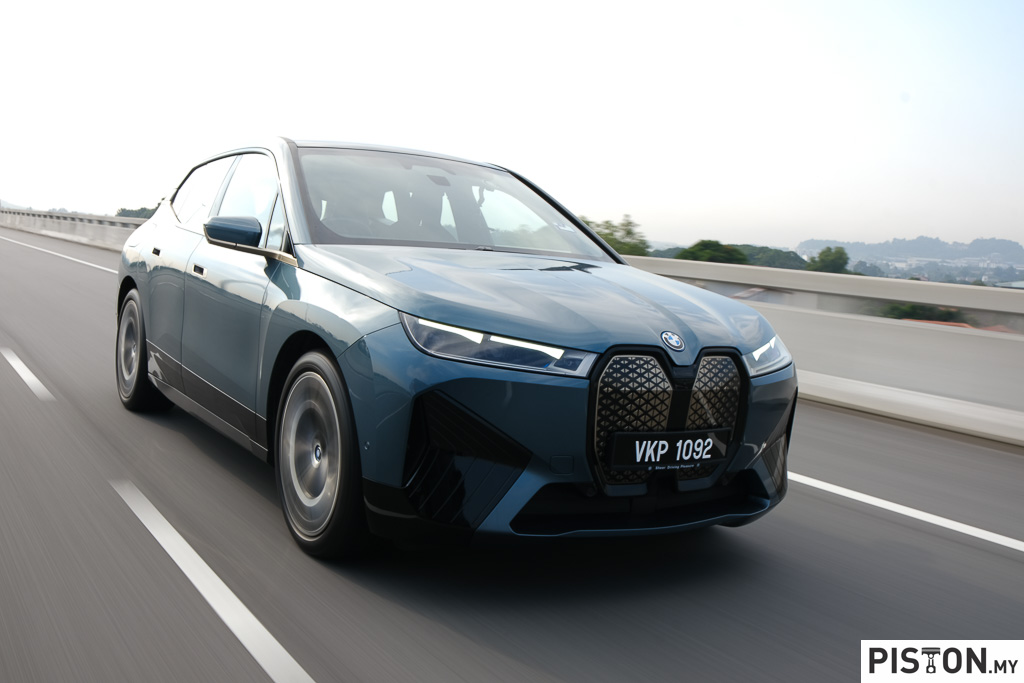DENSO, a company within the Toyota Group, has developed an improved version of its Global Safety Package which is an active safety system designed to improve the safety of vehicles by giving them high sensing capability of their surroundings. The system is already in use in many Toyota Group models and this latest third generation will be offered from now on.
The Global Safety Package uses the combined performance of a millimetre-wave radar sensor and vision sensor to obtain data on the various objects ahead of the vehicle. The radar sensor detects the shapes of road objects, such as vehicles and guardrails, while the vision sensor uses a camera to detect the environment ahead of the vehicle. This data is then analysed at high speed by an on-board computer which will determine the situation ahead and whether any warnings are to be given to the drive, or actions taken to prevent an accident.
Radar Sensor
In the new Global Safety Package, the radar has a wider detection angle, longer detection range, and improved speed resolution. There are also improvements such as in-antenna design and in radio wave transmission efficiency. The wider angle of coverage can help avoid collisions at intersections, whether with other vehicles or pedestrians.
The sensor’s wider horizontal field of view also assists adaptive cruise control and lane changes over a broader speed range. Moreover, the product uses artificial intelligence (AI) to improve sensing performance and assistance functions, such as headway distance control – the ability to maintain consistent distance between a preceding vehicle – and traffic sign recognition.
With reduced size and cost, this radar sensor has fewer installation requirements and can be used in more vehicle types and models. It uses fewer than half the number of parts compared to the previous generation. This has been achieved by integrating the antenna and power supply board, simplifying product structure and leveraging multiple-input and multiple-output (MIMO) technology, which allows for a smaller antenna with fewer channels to transmit and receive radio waves.
Vision sensor
The vision sensor is a high-sensitivity, high-resolution imager with a wider horizontal field of view and longer detection range. It employs AI technology to identify drivable areas, preceding vehicles, road signs, and other solid objects based on image data. Vehicles and pedestrians in all directions, including those ahead, behind, and to the side, can be detected.
Like the radar sensor, it has reduced size and cost. The downsizing was achieved by integrating image processing and system control functions, which reduced the number of microcomputers used. The structural design has also been adjusted to control heat emitted from the processor, while the lens design has been revised.
DENSO will continue to improve its active safety systems to eliminate road accidents and provide stress-free mobility. This will be done using cutting-edge technology with an underlying objective of pricing the systems attractively so they can be installed in more vehicles.


